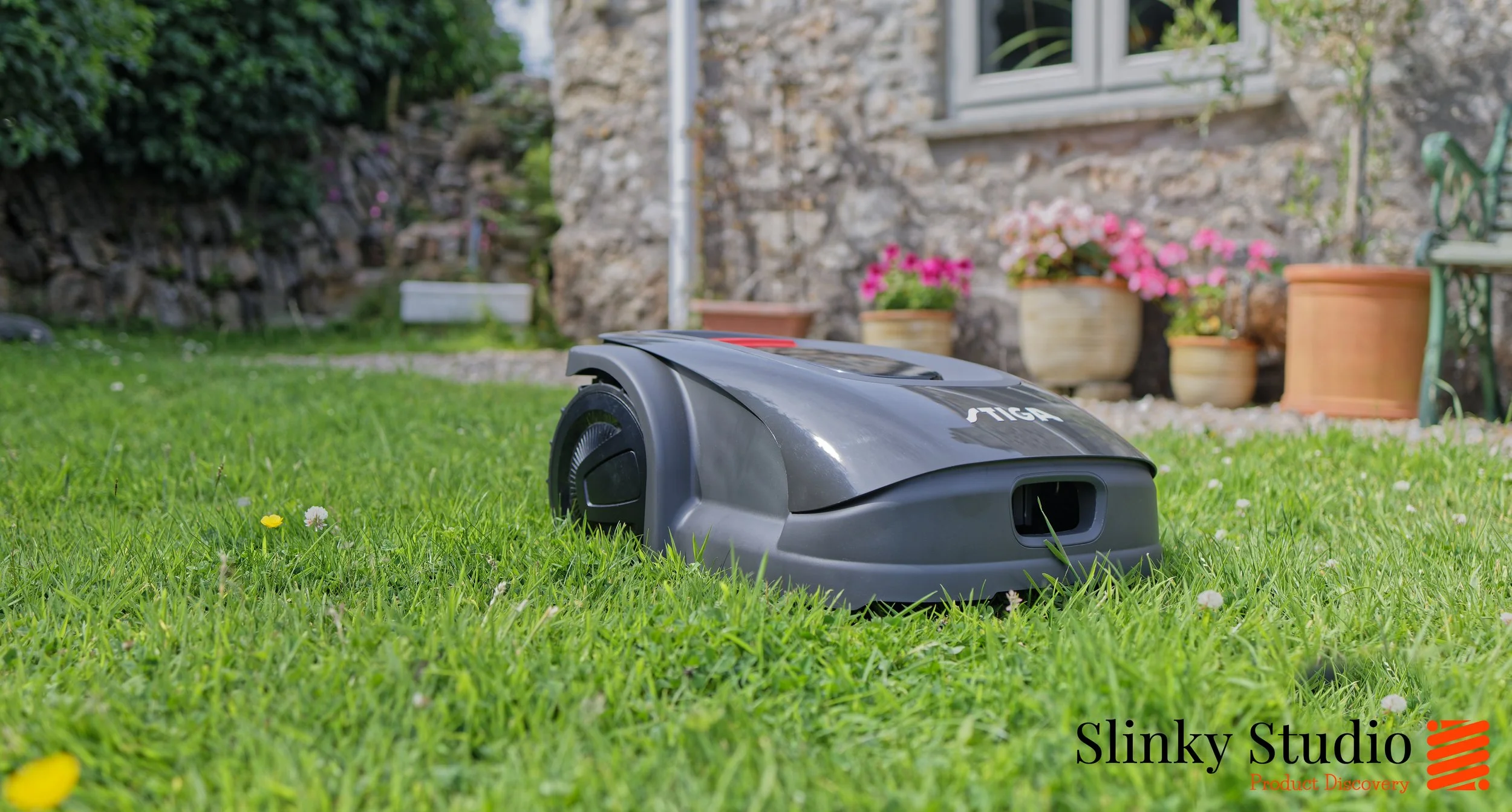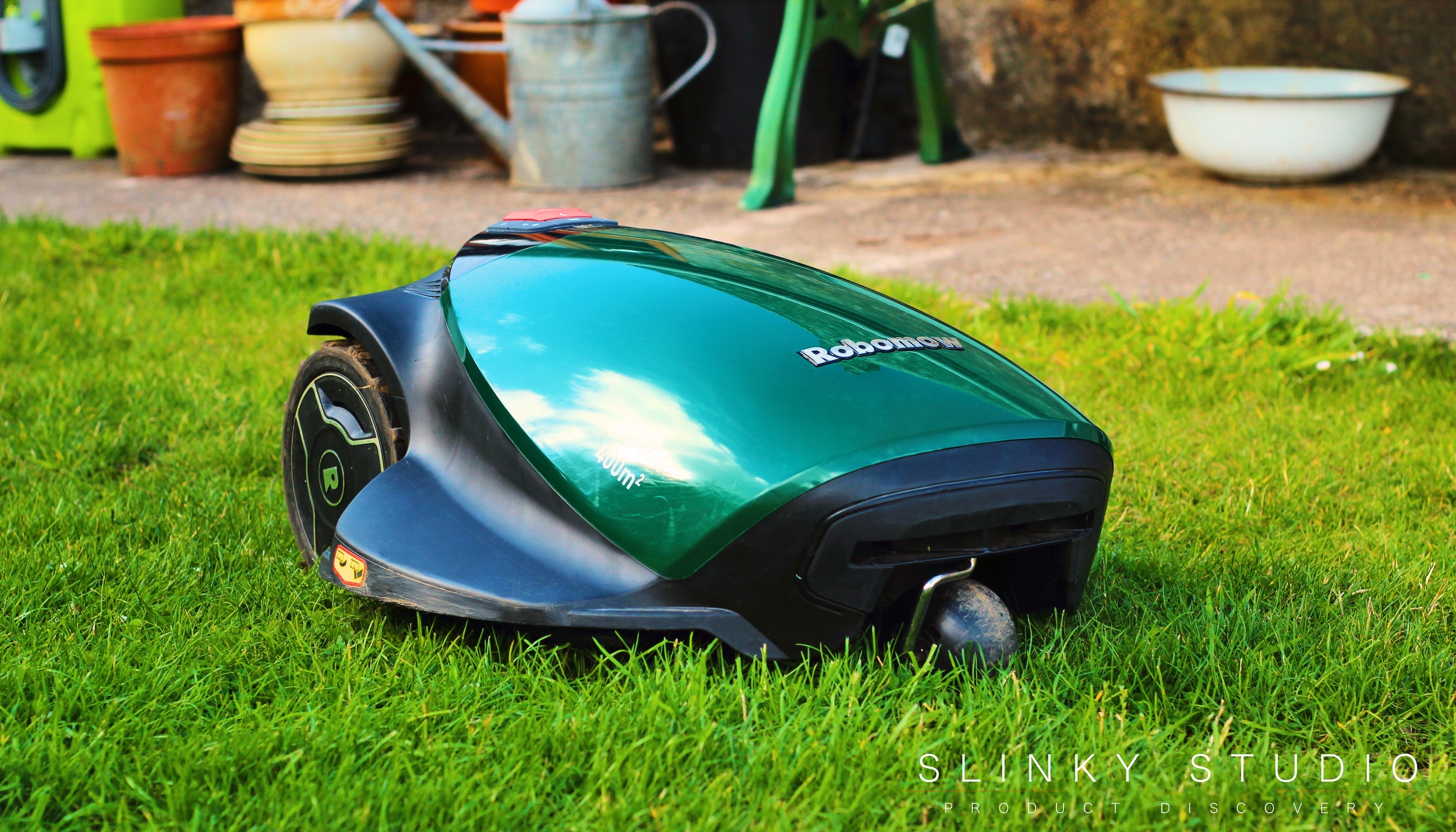STIGA A4 Robot Mower Review
This is a truly wire-free robot lawnmower—no boundary wire, and not even a guide wire to find its way home. Instead, it leans entirely on digital smarts: satellites, virtual boundaries and your own input to define where it should cut. So, are we finally getting closer to the dream of reasonably affordable, at £999, plug-and-play robot mowing?
Design
The STIGA A4 Robot Mower is a surprisingly compact Italian-made machine, significantly smaller than something like the Mammotion Luba 2. With dimensions of 545mm in length, 405mm in width and 245mm in height, it doesn’t demand much space on or off the lawn. Weighing around 8.1kg, it's light enough to be lifted when needed, but there’s a caveat… There is a carry handle for transporting the mower between cutting zones or rescuing it if it gets stuck. It’s located underneath the machine and makes handling this very lightweight and sleek robot mower a breeze.
Speaking of looks, the A4 has a likeable presence when it’s roaming around. The all-black colour scheme gives it a discreet, stealthy appearance amongst the grass, while its gentle curves and compact form keep it from looking too industrial or out of place in a garden setting. A practical touch worth noting is the removable cover. Since ours occasionally brushes against rough granite walls during edge cuts, it’s reassuring to know that we can swap the outer shell out after a few summers of scuffing, perhaps for a different colour too. There are a set of limited core functions that can be controlled via buttons that are found under the top flap, but otherwise this is an all-app-based system.
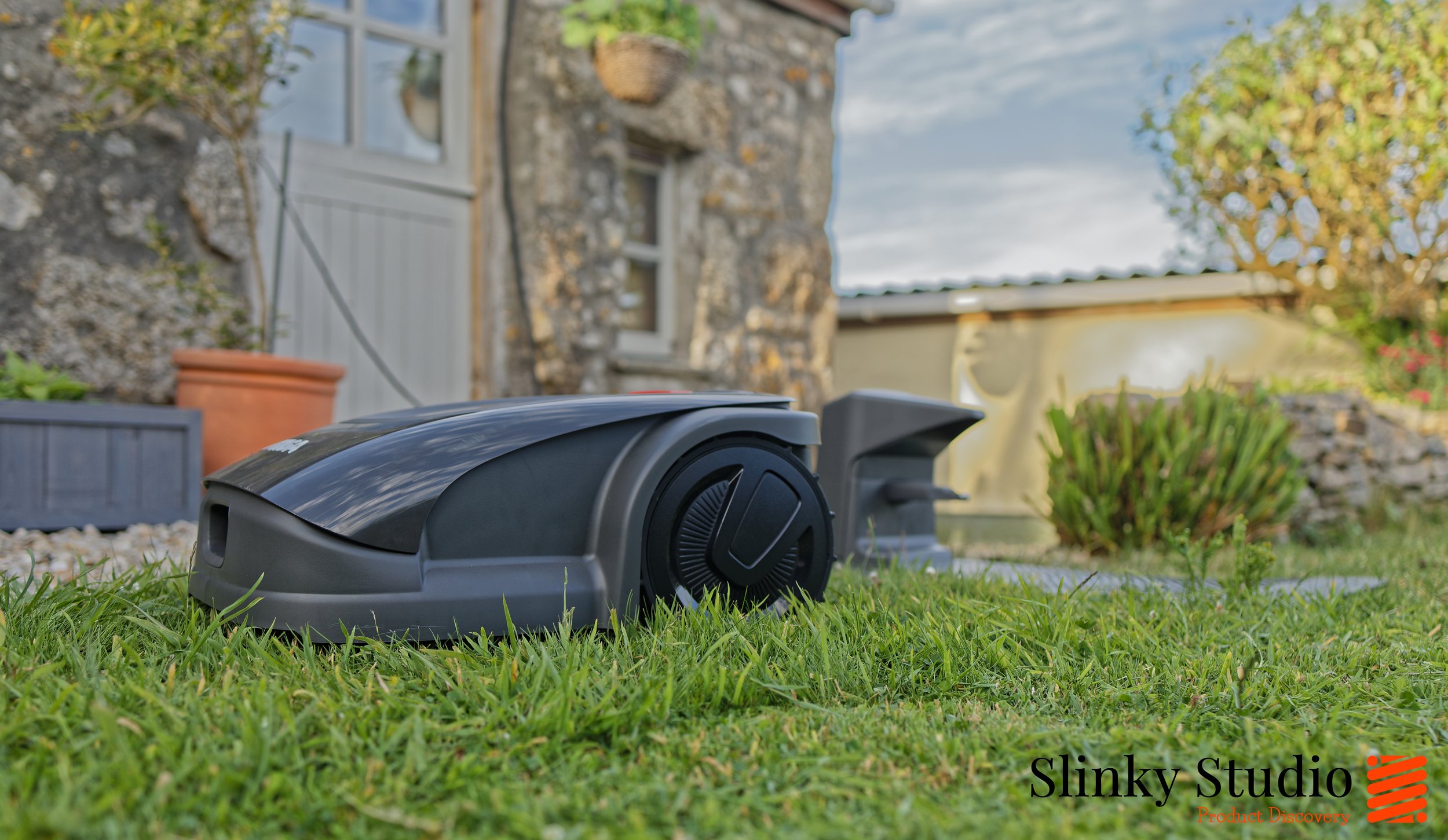

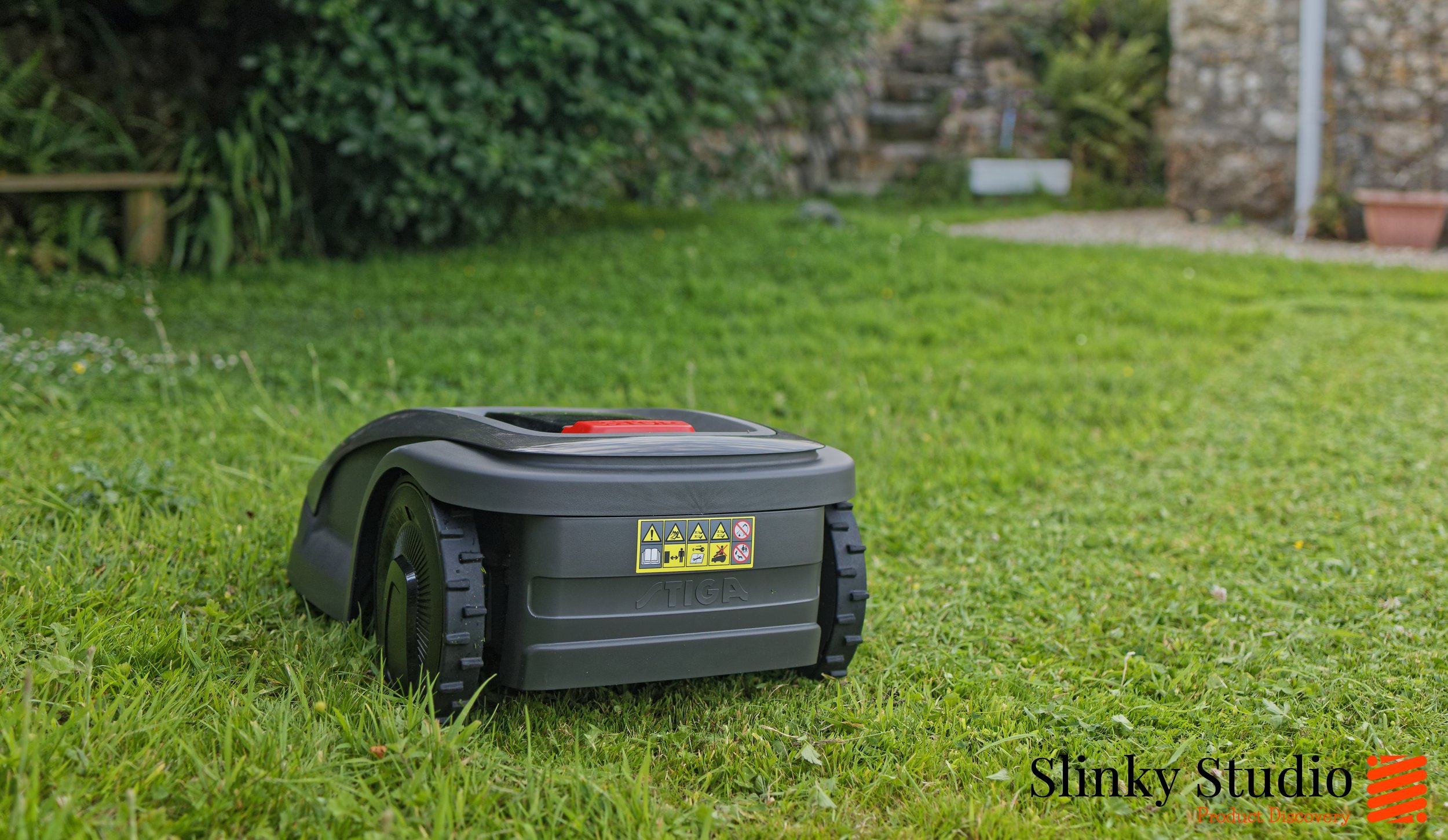
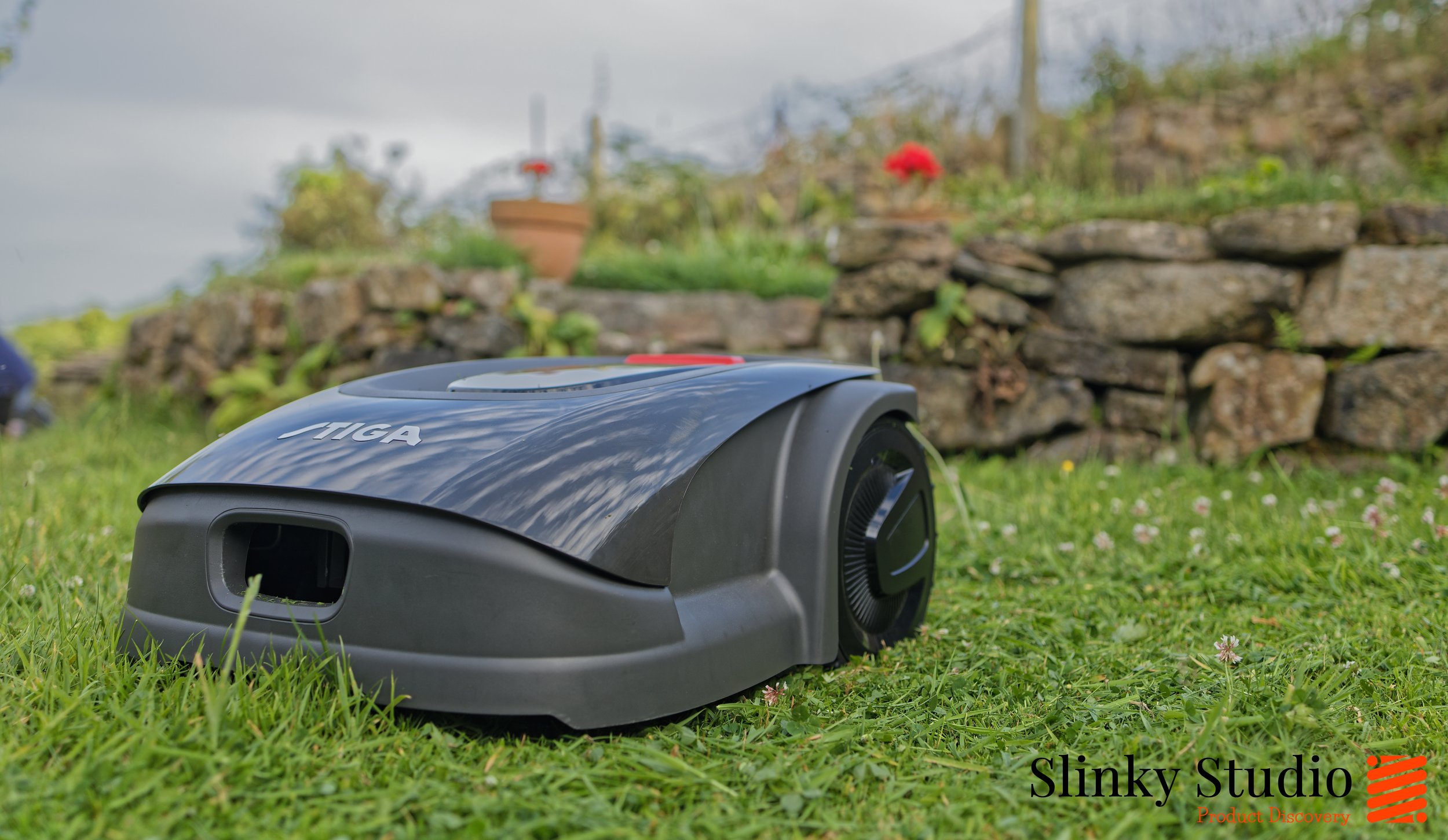
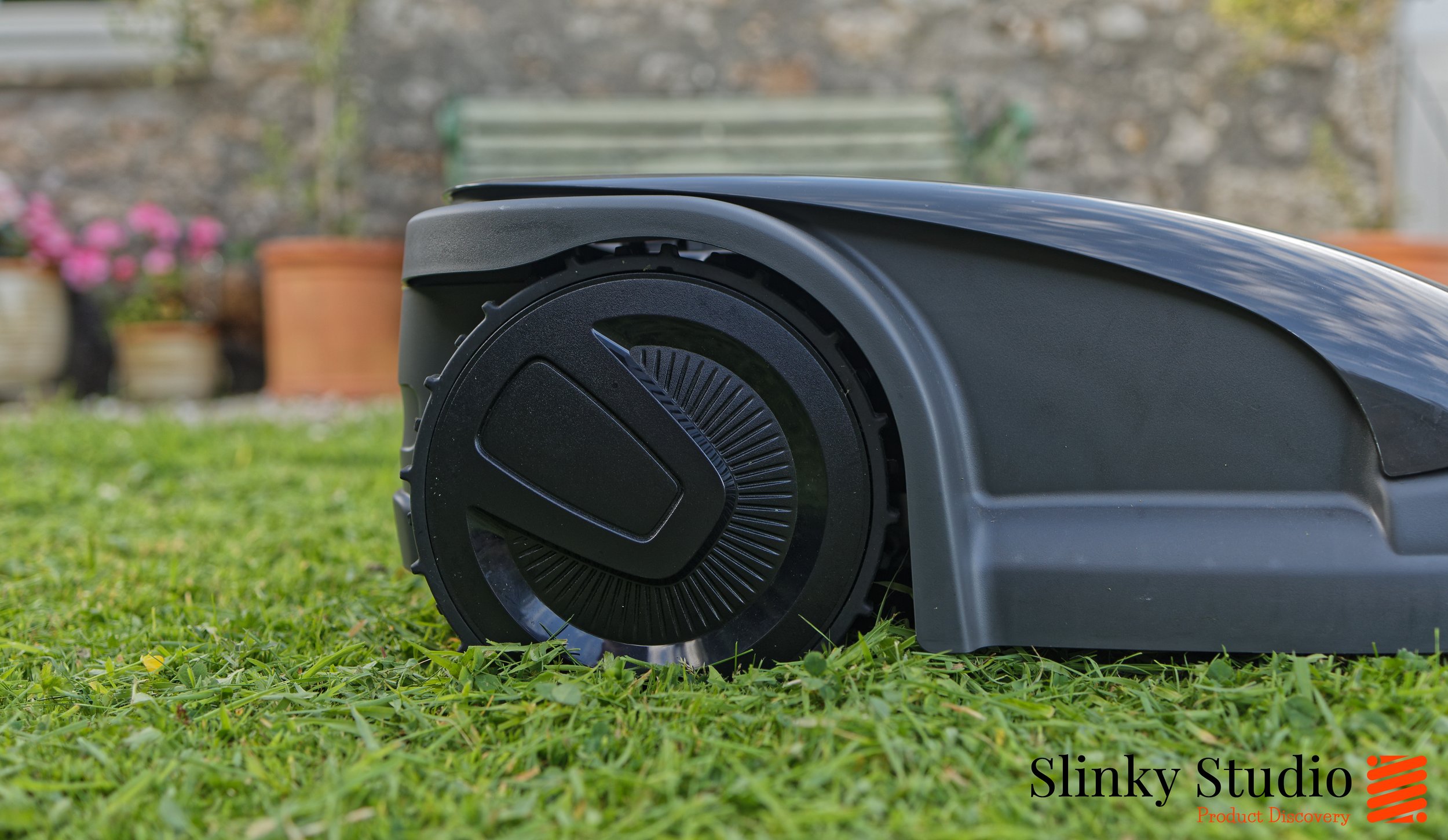
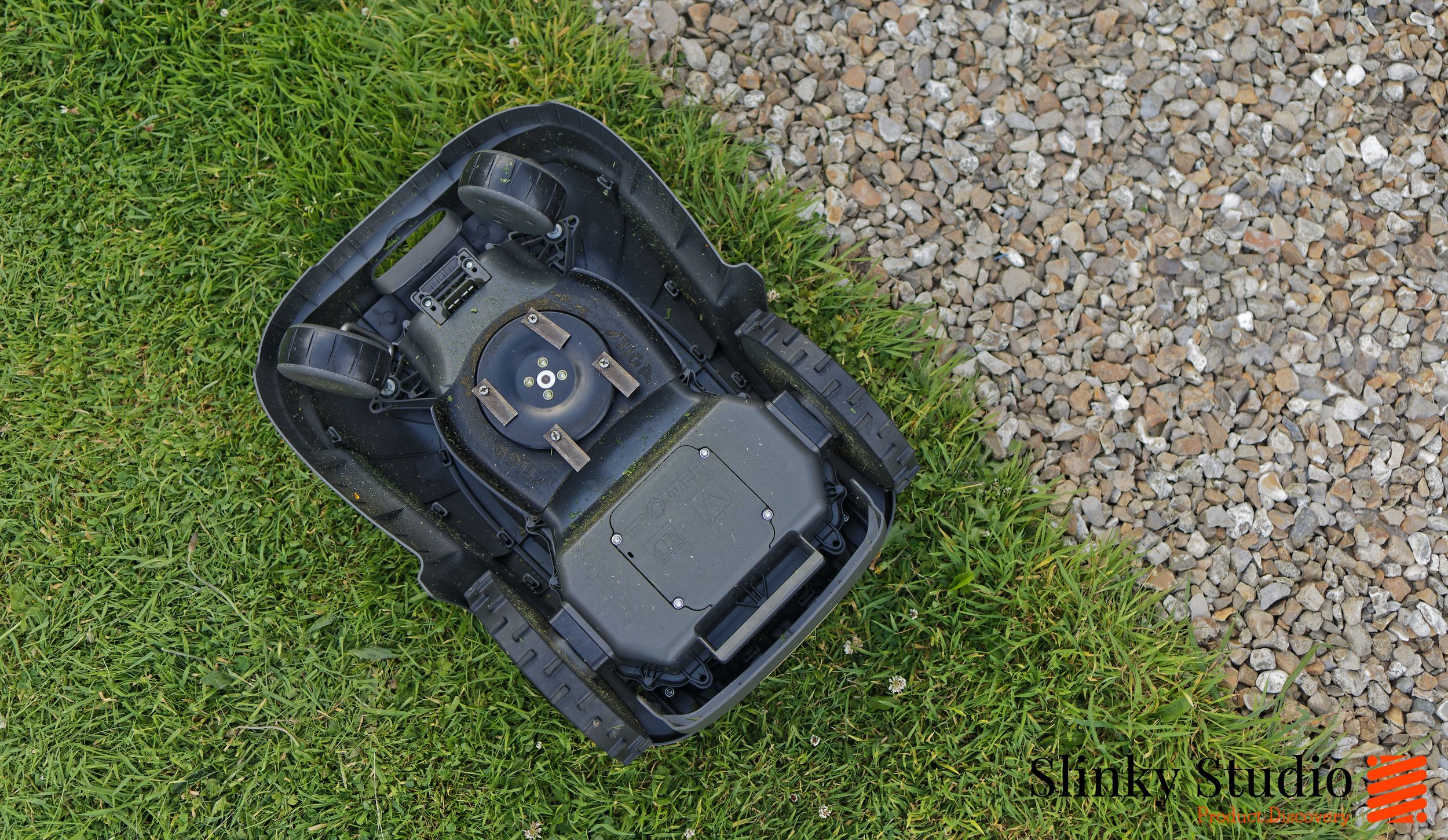
Setup
The first task is installing the base station. This needs to be placed somewhere not too hemmed in by buildings or overhanging trees, so it can establish a solid connection with the satellites. Once positioned, it’s a simple case of screwing the pegs into the ground and plugging in the power cable. Next, insert the key into the mower itself and power it on. At this stage, we were genuinely impressed with how straightforward everything felt—no perimeter wires to bury, no messy prep. Just clean, modern simplicity.
The next step involves downloading the STIGA app, which acts as your remote control and setup assistant for the A4. This is where things briefly slowed down. Right out of the gate, we encountered multiple software updates—for both the mower and the base station. And then a few more. We honestly lost track of how many updates cycled through in total, but thankfully the process runs mostly hands-free. Still, it's definitely the kind of task better handled indoors on your phone, rather than hanging around outside while update progress bars crawl along.
Getting the mowing zones set up was, at first, surprisingly brisk. We drove the STIGA around the perimeter using the visual driver controls on the app as you would an RC car, and the zone then appears on the map after the mower contemplates this for a good ten minutes. Although doing it this way you are going to make mistakes, you can still tweak it later on. You can also put the mower into a wheelbarrow, or something similar, to wheel it around and outline the perimeter that way. Regardless of the method, you will also need to drive the mower to the base from a point in your mowing area; this will be the exact route it uses every time it docks to charge.
Now, there is a third method to outline your zones, and for areas that aren’t secluded by trees and planting, it could be the easiest: STIGA’s web portal. This lets you outline mowing areas directly onto a Google Map's satellite view of your property. It feels blissfully easy—just trace your lawn boundaries, save them, and they sync with the mower. No walking the lawn or driving it around. A few clicks and it seemed like we were good to go. But then we opened the app and noticed something was slightly off: the zones we had so carefully drawn had shifted about a metre out of alignment from where they should have been. At first, it was puzzling. The digital boundaries looked perfect on the portal, but on the mower’s side they were skewed and needed adjusting or deleting.
Fortunately, shortly after this, both the mower and the app received another round of software updates. Once these were installed, the mapping issue seemed to quietly resolve itself, and the zones snapped into the correct positions, aligning accurately with the real-world layout of our garden. It’s a reminder that while this is cutting-edge tech, it’s still evolving, and thankfully STIGA appear to be actively refining things.
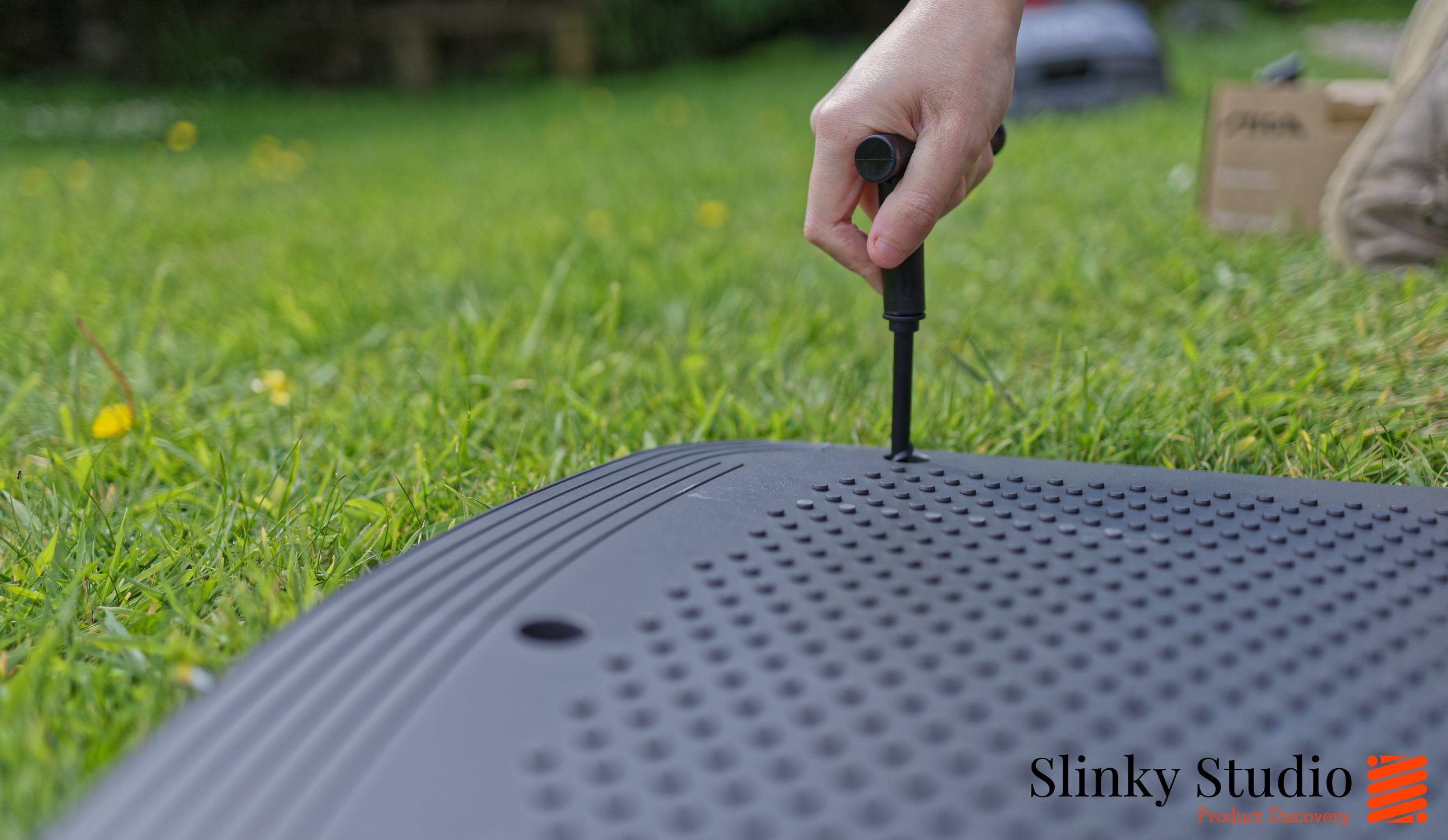
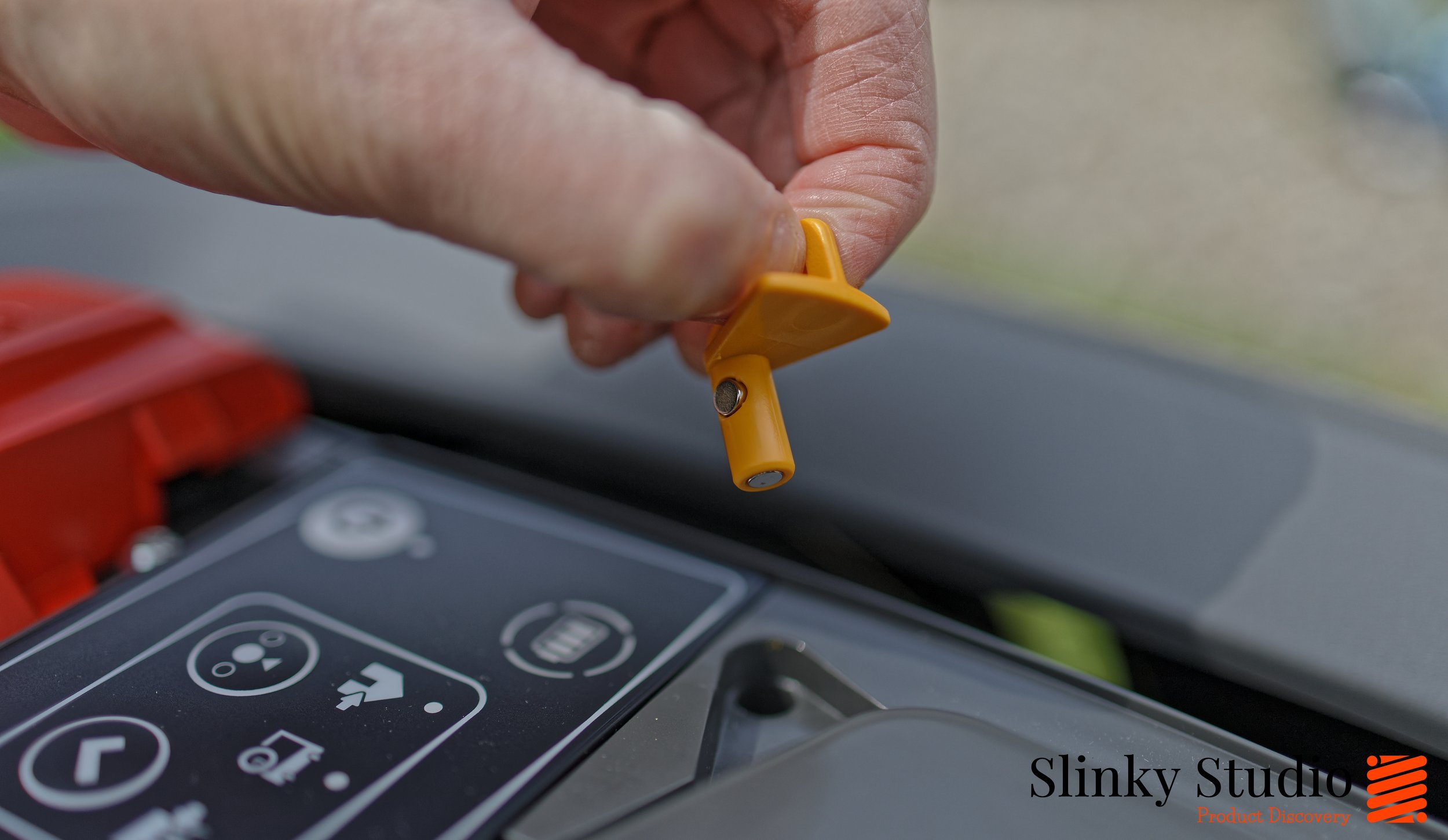
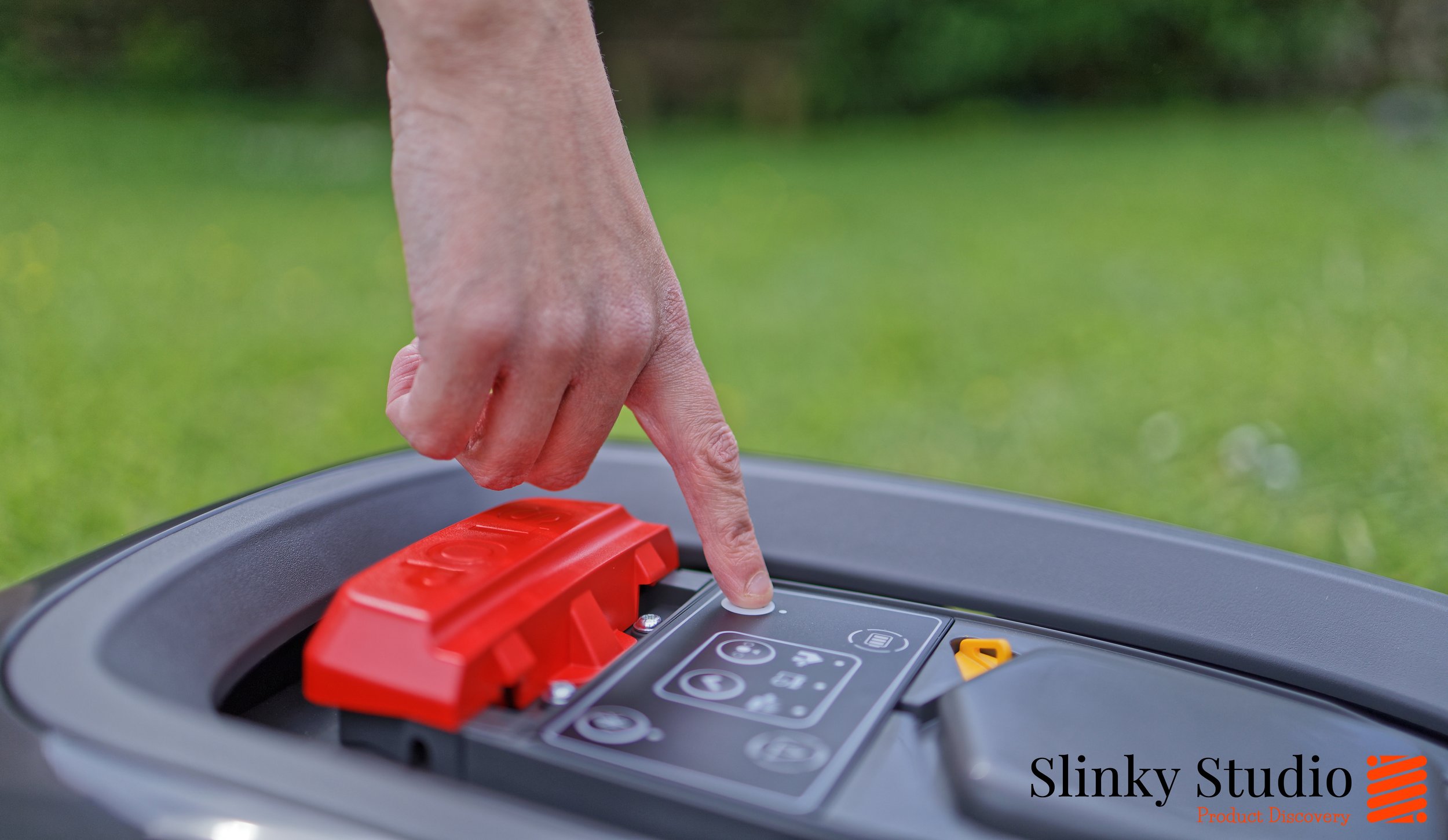
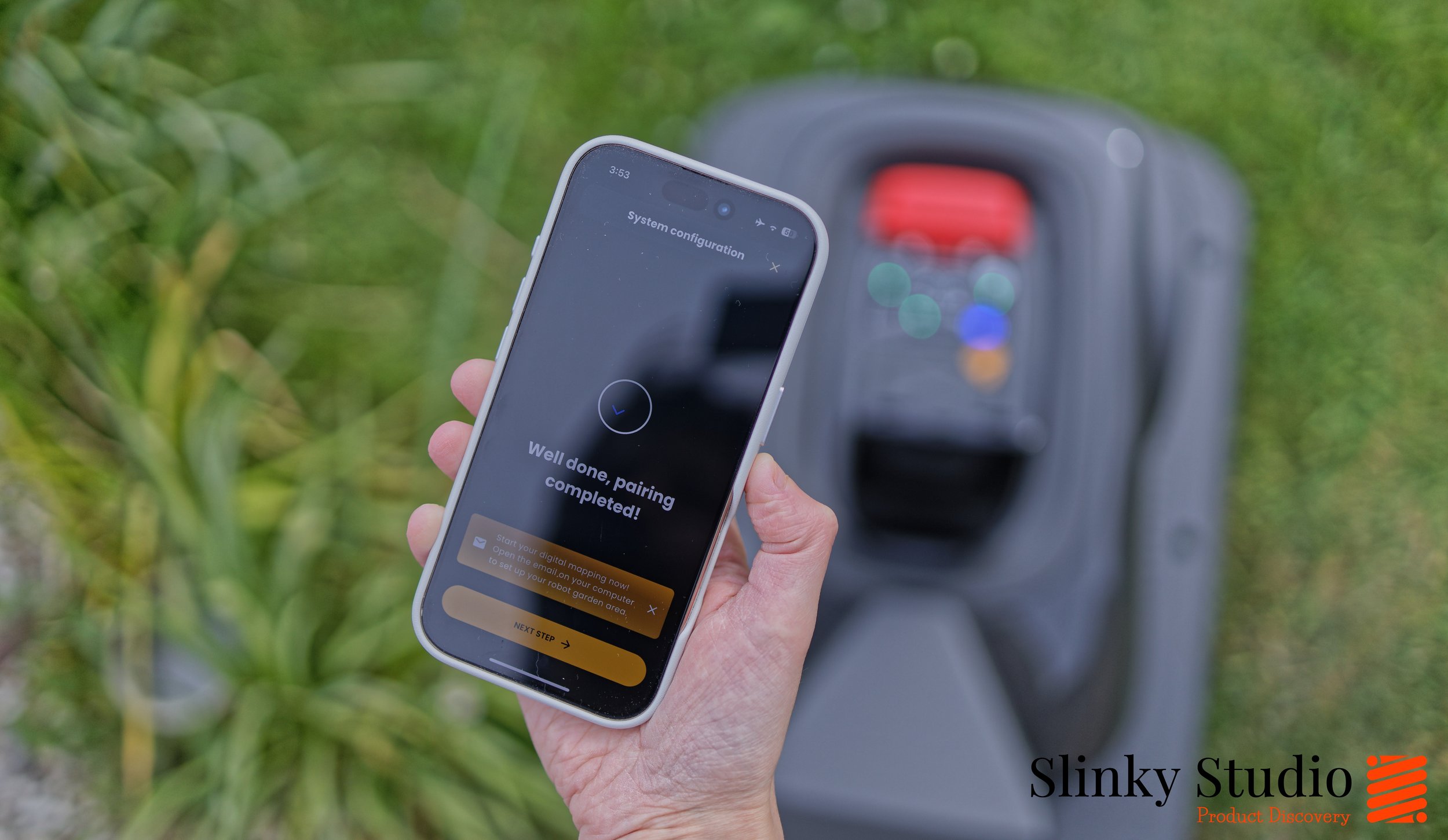
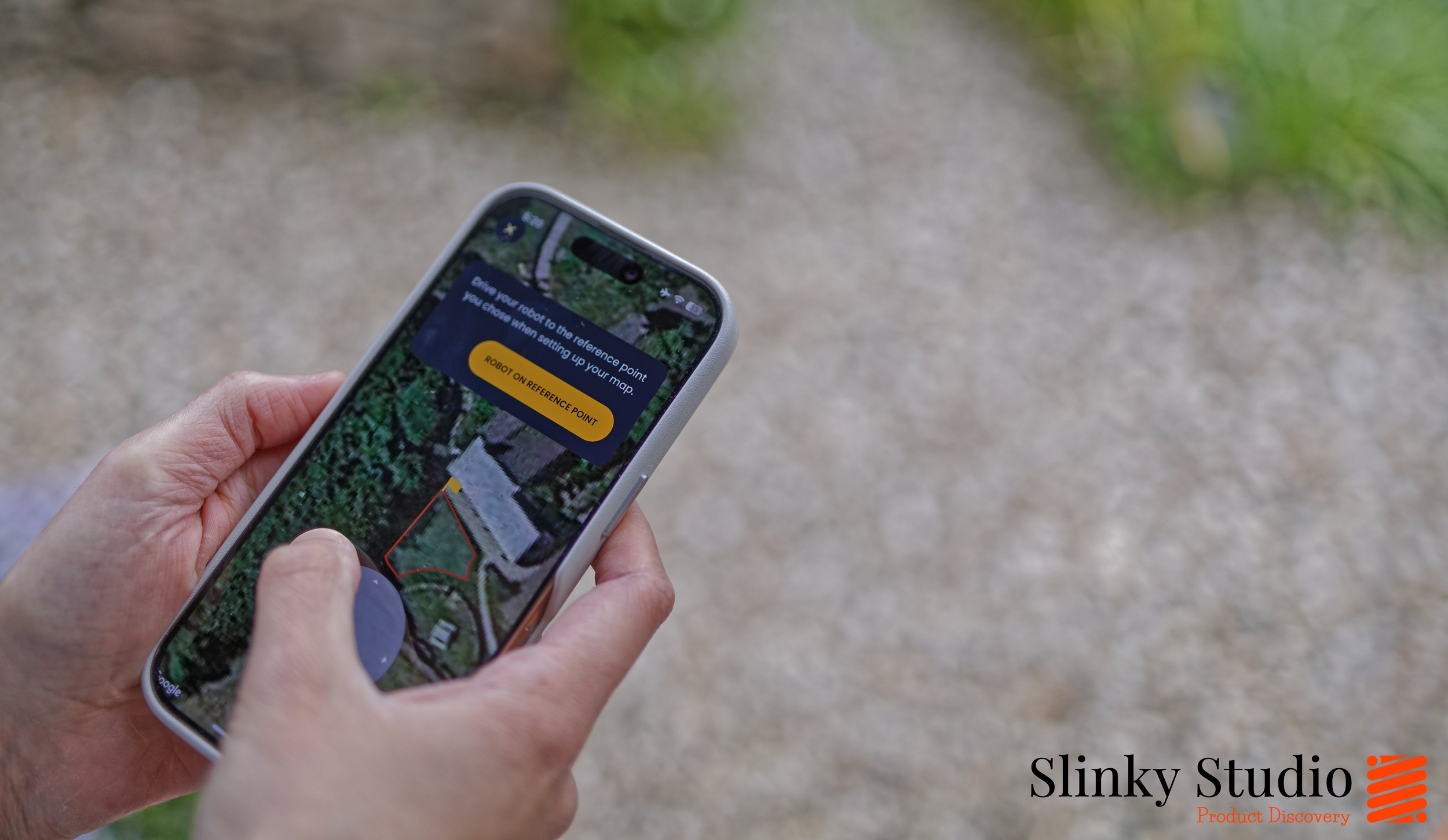
App
The STIGA.GO app is central to the whole experience and it’s quite navigable once you’re past the initial firmware updates. It acts as your control hub for everything the A4 robot mower does, from setting up mowing zones to monitoring its real-time movements across the lawn. You have the option to mow areas up to 400m2 and 2 cutting zones (the A8 model can do 4 zones). You can prioritise, rename, and even temporarily exclude certain areas; handy if you're hosting guests and don't want the mower gliding past their feet.
Adjusting the perimeters of zones, however, is trickier than it needs to be. It’s done via draggable nodes that connect to the virtual boundary lines. For small refinements, this system works quite well, but if you need to make broader changes, like shifting a whole edge, it quickly becomes a repetitive cycle of adjusting, saving, and repeating. That said, over the few months we've been using the A4, the software has visibly matured. New features have appeared, and functionality has become more reliable, so there’s definitely scope for improvements in this area going forward.
Scheduling is easy and you can also tweak the mowing pattern to suit your preference—North-South, East-West, or diagonal—and fine-tune the cutting height (20-60 mm), but this is not remembered for each zone individually. Live tracking lets you see where the A4 is at any given moment, and if it runs into trouble or leaves its defined boundaries, the app sends an instant alert, but most of the time it just alerts to say it has finished mowing. With its built-in 4G connection, you’ve got continuous remote communication, allowing control and notifications from anywhere, even while away from home.
One feature we’re especially intrigued about is the A4’s ability to learn paths between cutting zones, including non-grass surfaces. It’s designed to switch off its blades during transit, allowing it to safely cross patios or paths. However, we’ve yet to figure out how to enable this; it may be an upcoming update or perhaps simply buried in the current settings? There’s also Alexa integration if you want to go full smart home, letting you control the mower with voice commands.
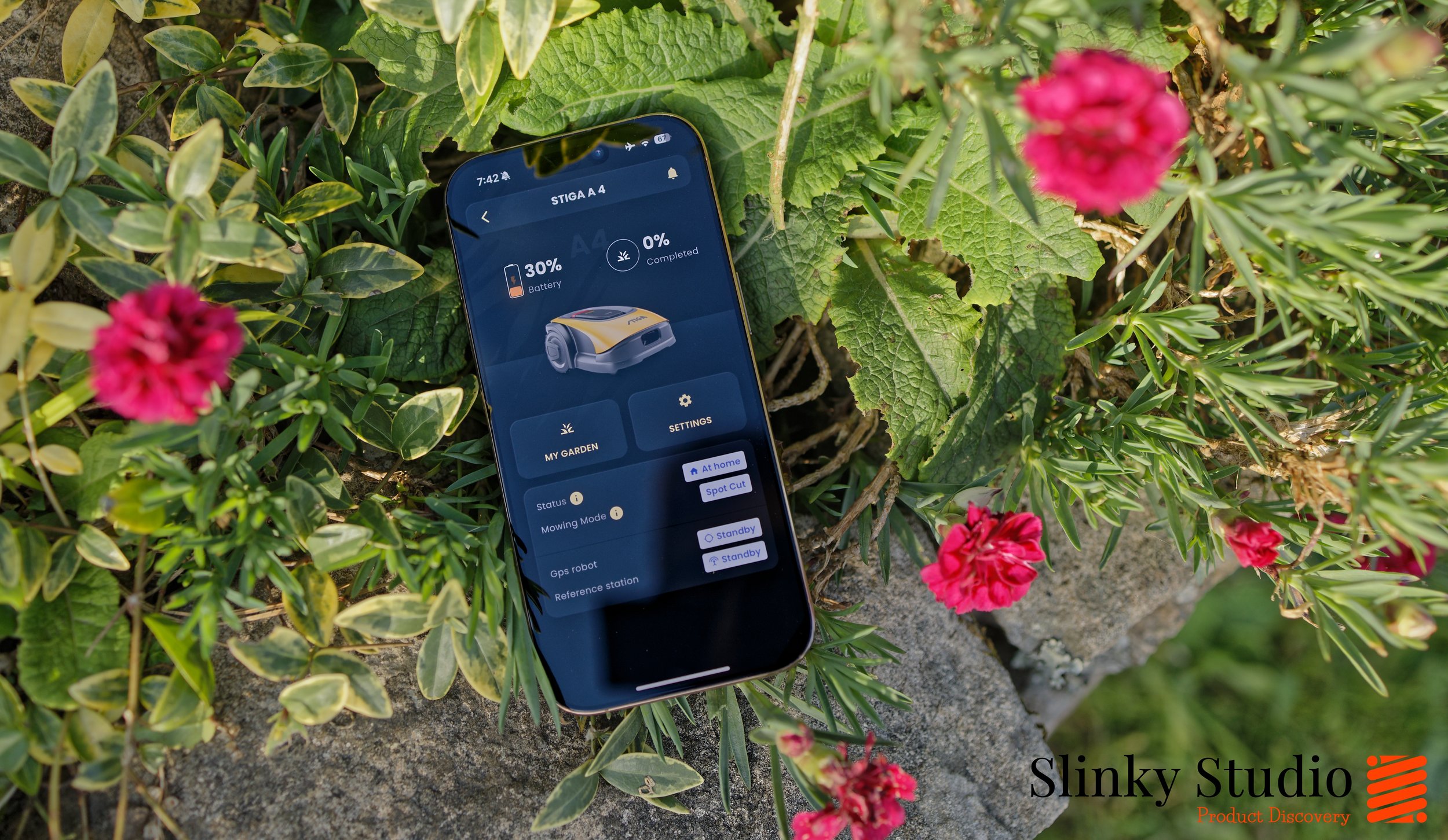
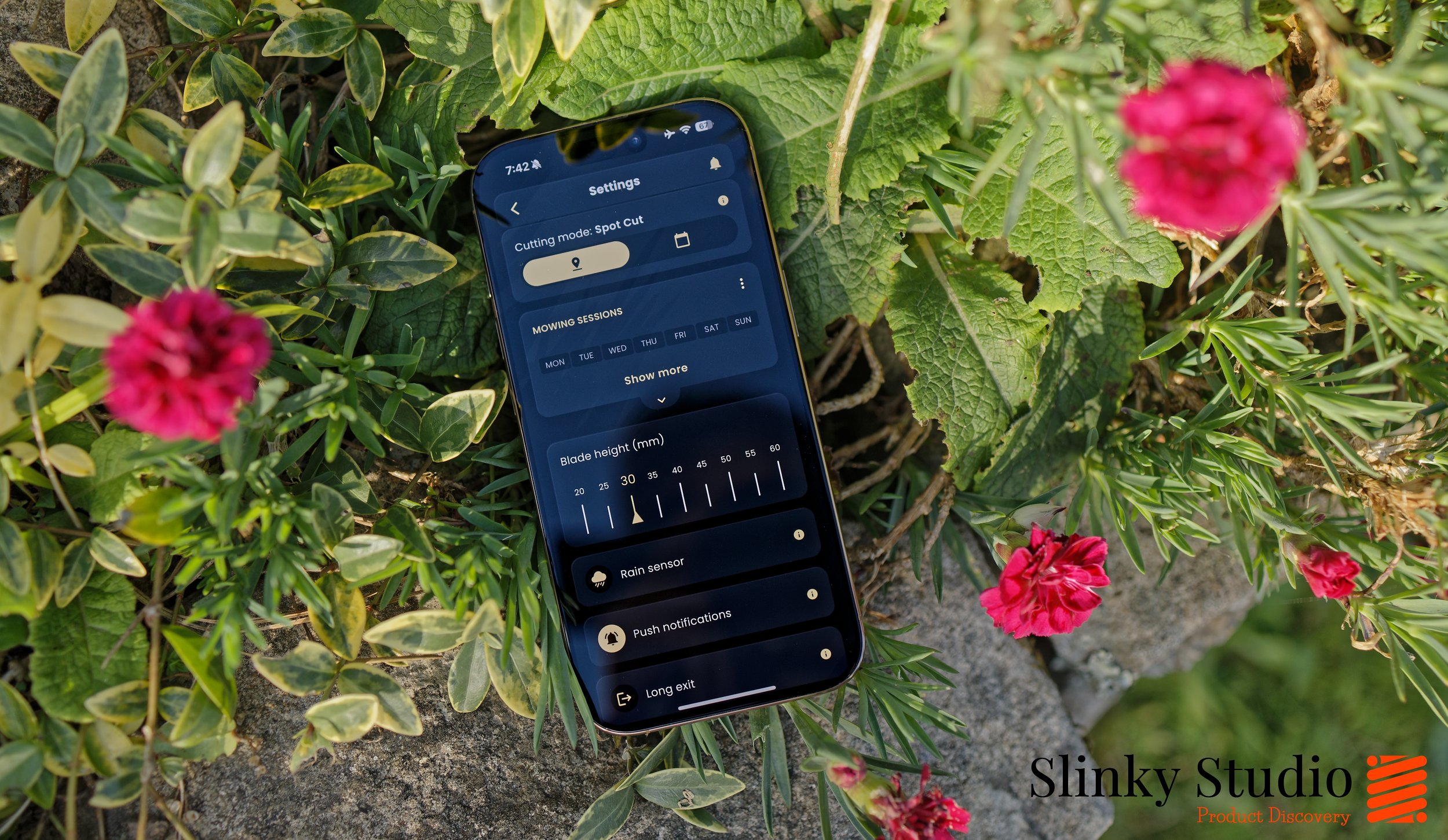
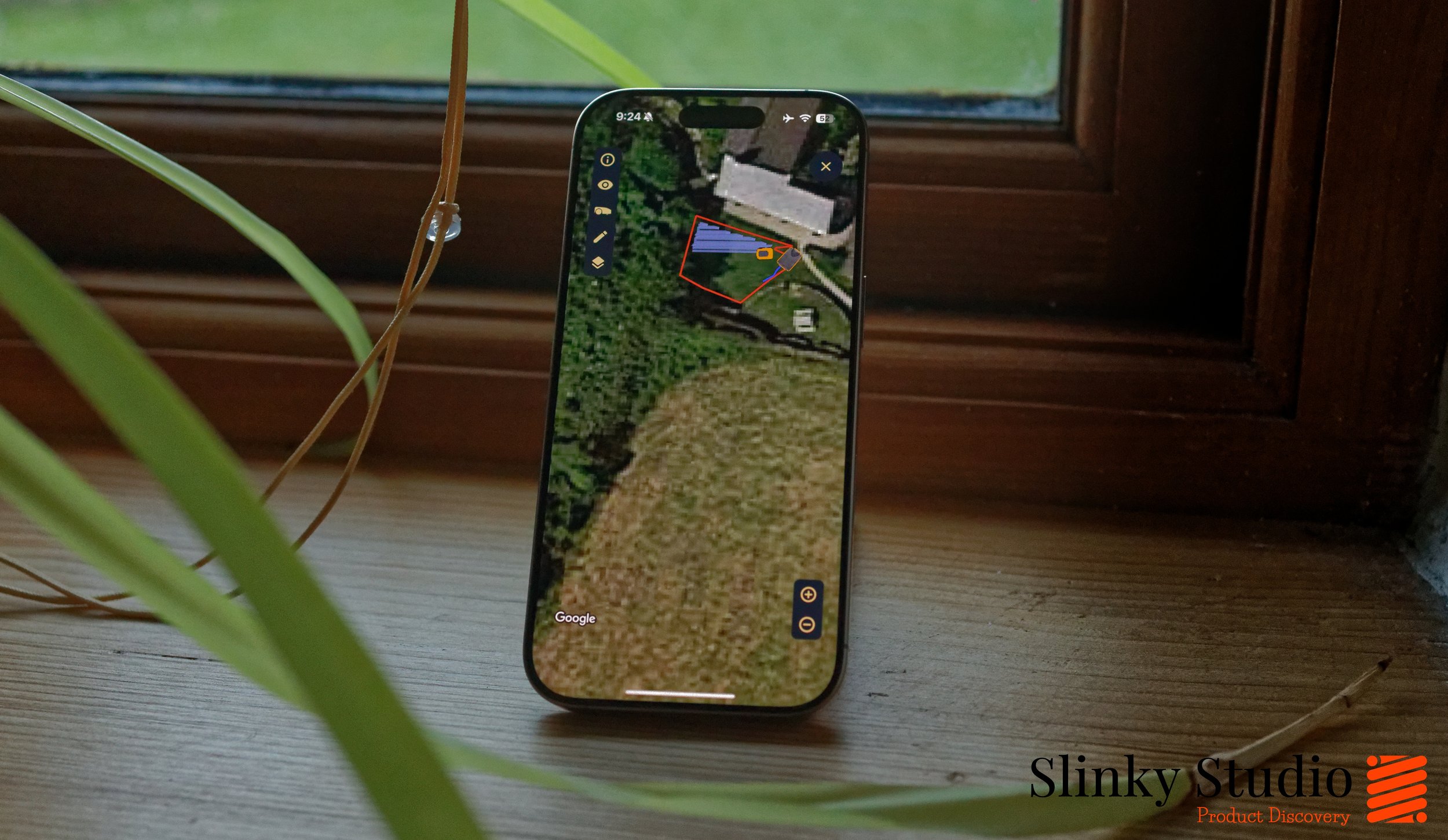
Lawn Cutting Performance
One of the standout features of the STIGA A4 robot mower is how whisper-quiet it is. Its wheels sweep over the lawn without any noticeable sound, and the motor/cutting noise is superbly concealed. So it really does just get on without any disturbance, and we love the freedom of cable-free mowing. The STIGA A4 excels at staying perfectly within the boundaries we set on the map. Unlike many robot mowers that mow randomly, the A4 cuts strictly in straight lines, and you can adjust the angle to suit your lawn’s layout. Manoeuvrability is good; it turns sharply, and we’ve only seen wheel slippage when it uncovered a hole that needed to be filled in with soil. There’s also an edge-cutting mode that runs the mower around the lawn’s perimeter for a neat finish. It does a solid job whisking grass close to edges. It can even cautiously nudge slightly onto gravel paths to trim borders cleanly, though it struggles when mowing directly up against walls, so having a grass trimmer for those tight spots is still necessary.
Its cut is strong, thanks to its 4-blade design which is ideally suited for regular mowing; cutting little and often. This will create a lawn that is greener and generally healthier, judging from all the experience we’ve had with robot mowers. The motor in the STIGA is powerful despite being whisper-quiet: We showed the A4 mower a flat lawn that hadn’t been mowed for over a week, with grasses measuring over 8cm in parts. Granted it was a warm day and the grass was totally dry, but the mower just glided through effortlessly, without any signs of strain. Because of the length, there were grass clippings visibly on the lawn, so later that day we launched the mower for a second time, and it effectively recut them and mulched the trimmings into the lawn so we couldn’t see them.
The A4 uses GPS combined with STIGA’s RTK AGS technology, which maps your garden into cells to keep track of where it has mowed—this system works well for coverage and navigation. However, the mower has relatively few sensors and isn’t equipped to detect steps or sudden drops, so you’ll need to set up virtual no-go zones to protect those areas. It handles trees, temporary furniture and solid obstacles reasonably well, but with some limitations. Without cameras or LiDAR, it relies on physical contact to detect obstacles. When it bumps into a tree, it gently reverses and changes direction, but we’ve noticed it doesn’t react the same way to objects it brushes against on the sides while cutting edges, hence the scuffs it’s picked up over time.
Its battery seems to deplete more quickly than other robot mowers we’ve used, as it needs to re-juice after around 30 minutes, perhaps due to a smaller capacity or simply a more power-hungry system. That said, charging is impressively fast. In our experience, it goes from 30% to full in just 20 minutes, meaning minimal downtime between mowing sessions. It also conserves energy by not spinning the blades when driving over already cut areas, and will automatically return to its base to recharge and resume where it left off.
Verdict
Despite some early misgivings, fortunately mitigated by updates, the now matured STIGA A4 offers a confident step toward truly wire-free, smart mowing at a refreshingly reasonable lower price point than others. It’s compact, quietly discreet, and delivers consistently neat results thanks to its line-based cutting pattern and edge mode. While its app-driven setup is generally straightforward, tweaking zones can be fiddly, and its lack of advanced sensors means you’ll need to plan carefully around drops and tight edges. Battery life isn’t its strong suit, but rapid 20-minute recharging keeps downtime minimal. For those seeking a largely hands-off robot mower for up to 2 cutting zones (400m2), that ditches the mess of perimeter wires in favour of satellite precision, the A4 proves impressively capable, with clear signs that it's only going to get smarter over time.

